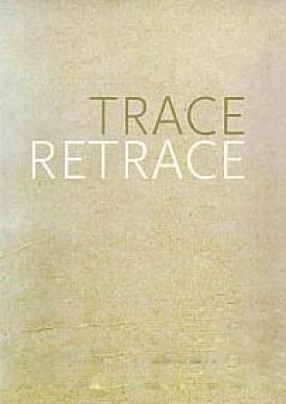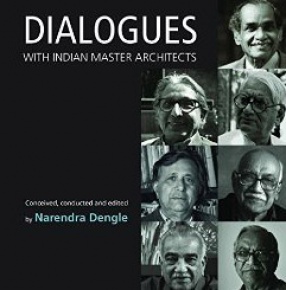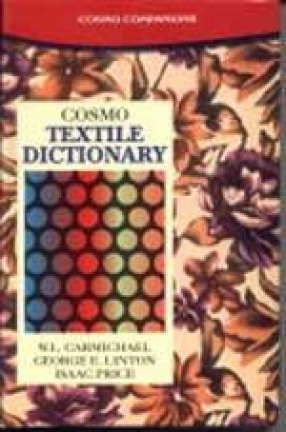Nilima Sheikhs art practice from 1969 to 2012 forms the subject of Trace Retrace. The book is structured in three parts: visual, discursive, and a combination of the two. The largest narrative is visual-a selection from Nilima Sheikhs paintings in diverse formats, chosen to signal the artists commitment to process, and to indicate the way her paintings slide into, work with and against each other, and propose a meandering seriality. The often extensive reproduction of details from these paintings introduces the unexpected, eliciting not only a flitting or looping gaze but also surprise. The complexity of Nilima Sheikhs art practice lends itself to other forms of engagement, as is evident in the second part of the book comprising three diverse readings: Ruptures, Junctures, Returns: (un)lived histories, feminist propositions and Nilima Sheikh by Kumkum Sangari; A Counter-Archive of Pain and Loss: Nilima Sheikhs evolving Kashmir series by Ananya Jahanara Kabir; and Passages in Reverie: Nilima Sheikh, modernity and the history of Kashmir by Kaushik Bhaumik. The last section of the book indexes the range and diversity of Nilima Sheikhs exhibited works, interleaved with the artists own voice in different tenors: autobiographical snippets, acknowledgements of her training and teachers, glimpses of her work methods and process, and meditations on her collaborative practice. These are dotted with quotations from texts that are significant to her: folk-songs, poems, stories. In this section, a cross-disciplinary intertextuality is repositioned as a coeval medium at once outside and inside Nilima Sheikhs painted images, which not only adds a layer that extends beyond the art-historical frame but redeems the solitude of written words.
ABOUT THE AUTHOR Nilima Sheikh
Nilima Sheikhs art practice from 1969 to 2012 forms thesubject of Trace Retrace. The book is structured in three parts:visual, discursive, and a combination of the two. The largest narrative is visual a selection from NilimaSheikhs paintings in diverse formats, chosen to signal the artistscommitment to process, and to indicate the way her paintings slideinto, work with and against each other, and propose a meanderingseriality. The often extensive reproduction of details from thesepaintings introduces the unexpected, eliciting not only a flittingor looping gaze but also surprise. The complexity of Nilima Sheikhs art practice lends itselfto other forms of engagement, as is evident in the second part ofthe book comprising three diverse readings: Ruptures, Junctures,Returns: (un)lived histories, feminist propositions and NilimaSheikh by Kumkum Sangari; A Counter-Archive of Pain and Loss:Nilima Sheikhs evolving Kashmir series by Ananya Jahanara Kabir;and Passages in Reverie: Nilima Sheikh, modernity and the historyof Kashmir by Kaushik Bhaumik. The last section of the book indexes the range and diversityof Nilima Sheikhs exhibited works, interleaved with the artists ownvoice in different tenors: autobiographical snippets,acknowledgements of her training and teachers, glimpses of her workmethods and process, and meditations on her collaborative practice.These are dotted with quotations from texts that are significant toher: folk-songs, poems, stories. In this section, across-disciplinary intertextuality is repositioned as a coevalmedium at once outside and inside Nilima Sheikhs painted images,which not only adds a layer that extends beyond the art-historicalframe but redeems the solitude of written words. Kumkum Sangari editor of the book, is William F. VilasResearch Professor of English and the Humanities at the Universityof Wisconsin-Milwaukee. She has published extensively on British,American and Indian literature, critical theory, religiousconversion, medieval oral devotional traditions, nationalistfigures such as Gandhi and Annie Besant, Bombay cinema, televisualmemory, and contemporary gender issues such as personal law,domestic labour, the beauty industry, sex selection, widowimmolation and communal violence





There are no reviews yet.